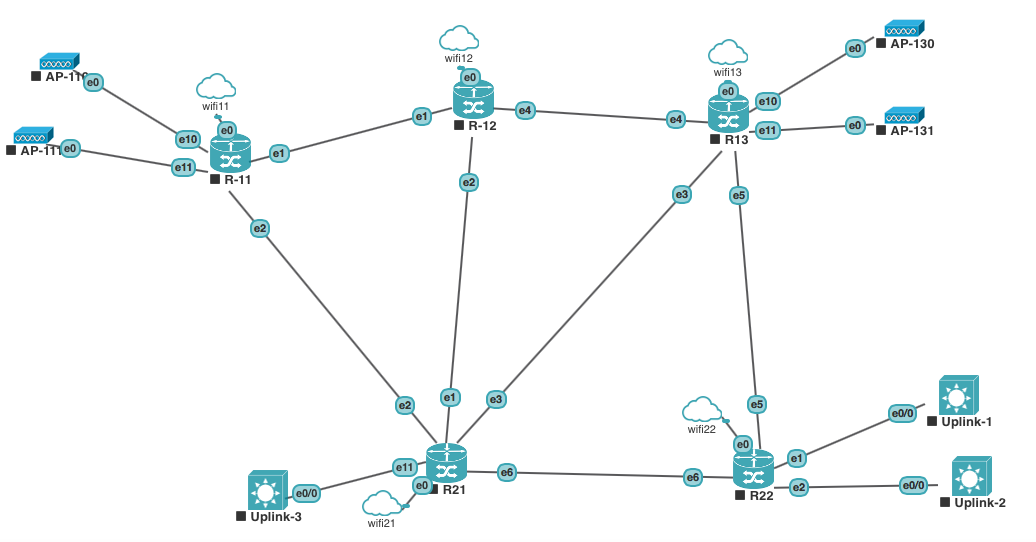

Where you can, keep the new transit VIF configurations the same as the old private VIF. First, delete the private VIF and create new transit VIF on your passive connection, next repeat this process for your active connection. If you want to minimize hybrid connectivity downtime during a migration, provision redundant Direct Connect connections in your existing setup. This migration approach involves deleting the existing private VIF (private virtual interface) and creating a new transit VIF (transit virtual interface) on an existing Direct Connect connection. In the subsequent post ( Part 2), we cover migration scenario 2. This post (Part 1) describes the migration approach for scenario 1. Existing architectures that are using Direct Connect, Transit Gateway, and transit VPC for hybrid connectivity.Existing architectures that are using a sub 1 Gbps Direct Connect hosted connection but not using Transit Gateway.There are two common migration scenarios where customers can benefit from using Direct Connect and Transit Gateway: Now, when you are using Transit Gateway and Direct Connect you have seamless connectivity and a cost-effective choice when higher speed connections are not required. Prior to this launch, it was required that you had at minimum a 1 Gbps Direct Connect connection to natively the connect with Transit Gateway. Since the August 2022 launch of expanded connections speed support, you can now connect to Transit Gateway at sub 1 Gbps speeds. This solution allows native integration with Transit Gateway for those connections. Simplified hybrid connectivity – Removing the need for custom networking constructs, such as transit VPC, that were typically used for Transit Gateway connectivity at sub 1 Gbps speeds.Ĭustomers have been asking to use transit virtual interface (transit VIF) on sub 1 Gbps hosted connections.Scale – In case you are not using Transit Gateway today, it will allow you to extend the hybrid connectivity seamlessly to a large number of VPCs with Transit Gateway.Key benefits you can derive from migration are: It will provide you with a target architecture along with step-by-step prescriptive guidance on how to migrate from your existing state.

This blog will describe the recommended migration approach for migrating existing hybrid connectivity architectures with sub 1 Gbps AWS Direct Connect hosted connections to AWS Transit Gateway.


 0 kommentar(er)
0 kommentar(er)
